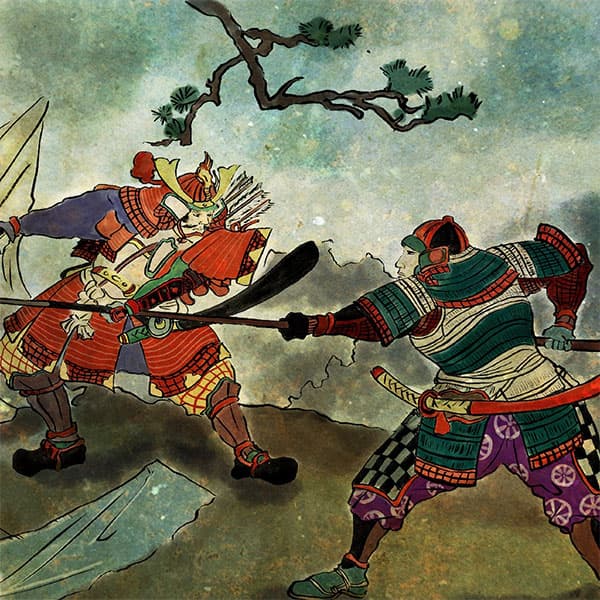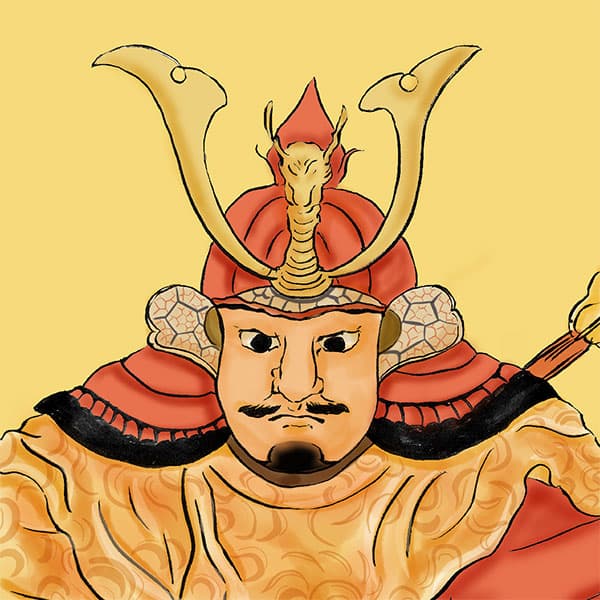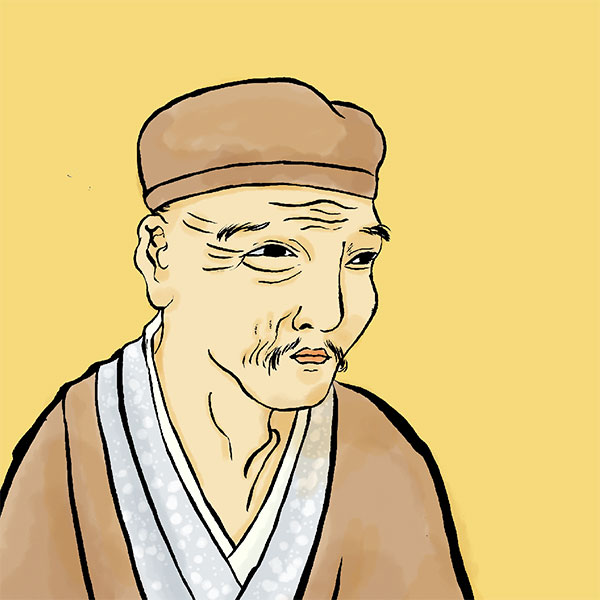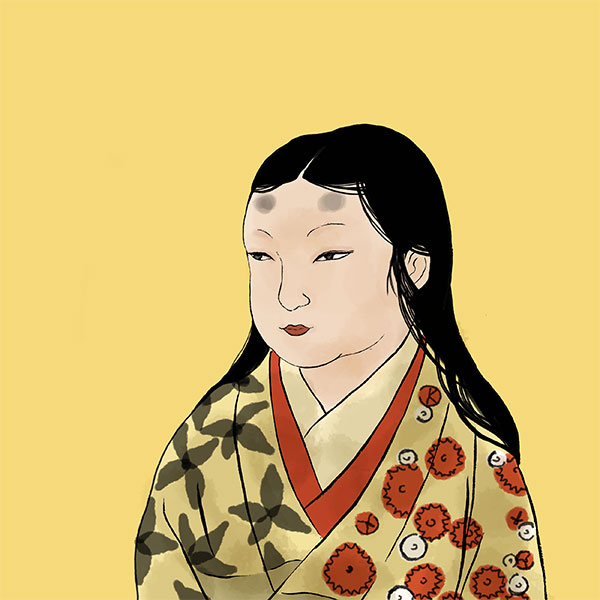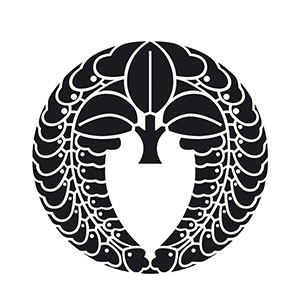- Sunpu domainTerritories under the direct control of the Shogunate
- The Sunpu domain was established when Nobunari Naito, a vassal of the Tokugawa clan, entered Sunpu Castle. However, when Tokugawa Ieyasu retired and moved to Sunpu Castle, the Sunpu domain ceased to exist. After that, through many twists and turns, the Sunpu domain became a territory under direct control and was ruled by castle lords for generations.

Sunpu CastleShizuoka City, Shizuoka Prefecture
- spring
- summer
- autumn
- winter
- TOP
- Chubu
- Shizuoka Prefecture
- Sunpu Castle
| Other name | Fuchu Castle, Shizuoka Castle |
|---|---|
| castle construction | 1585 |
| address | 1-1 Sunpu Castle Park, Aoi Ward, Shizuoka City, Shizuoka Prefecture |
| telephone number | 054-251-0016 |
| Opening hours | 9:00-16:30 (Admission until 4:00 p.m.) |
| closing day | Mondays (holidays, open without closing on holidays), year-end and New Year holidays (December 29th to January 3rd) |
| Admission fee | Adults 360 yen / Elementary and junior high school students 120 yen |
This is the residence of Tokugawa Ieyasu during his time as an influential figure. Ieyasu handed over the post of shogun to the second generation, Hidetada, and returned to Sunpu the following year, making it the base of his ``Ogosho politics.''
- Access to Sunpu Castle
- About 15 minutes walk from JR Shizuoka Station.
HISTORYSunpu Castle, where Ieyasu conducted his government as an influential figure
Sunpu Castle is a flat castle located in Aoi Ward, Shizuoka City, Shizuoka Prefecture. During the Sengoku period, it was the center of the Imagawa clan's territorial control, and is also famous as the castle where Tokugawa Ieyasu conducted his political power after handing over the post of shogun to Hidetada Tokugawa. Let's unravel the history of Sunpu Castle.
- Built as Imagawa-kan
- Sunpu (present-day Shizuoka City, Shizuoka Prefecture) was ruled by the Imagawa clan, who were appointed by the Muromachi shogunate to protect Suruga, from the 14th century. The predecessor of Sunpu Castle is said to be Imagawa-kan, built by the Imagawa clan. Speaking of the Imagawa clan, Yoshimoto Imagawa, a feudal lord from the Sengoku period, is famous. Yoshimoto Imagawa was also the owner of Imagawa-kan. The Imagawa clan had an alliance with the Takeda clan of Kai Province and the Gohojo clan of Sagami Province, which bordered the country. However, when Yoshimoto Imagawa was killed in the Battle of Okehazama in 1560, Takeda Shingen, who was plotting to expand his territory, broke off his alliance with the Imagawa clan. Then, in 1568, Takeda Shingen began an invasion of Suruga, and Imagawa-kan was destroyed in the fire. After that, Takeda Shingen temporarily took control of Sunpu, but the Takeda clan was destroyed by the Oda and Tokugawa forces in 1582 (Tensho 10). With the fall of the Takeda clan, Sunpu became the domain of Tokugawa Ieyasu.
- From the construction of Sunpu Castle to the Meiji era
- Tokugawa Ieyasu, who took possession of Sunpu, began construction of Sunpu Castle in 1585. It is an early modern castle with a castle tower, and in the following year, 1586, Tokugawa Ieyasu moved his base from Hamamatsu Castle in Totomi Province, where he had spent 17 years, to Sunpu Castle. Four years later, in 1590, Toyotomi Hideyoshi attacked Odawara, destroyed the Hojo clan, and unified Japan. After that, Toyotomi Hideyoshi transferred Tokugawa Ieyasu to the Kanto region, giving him Edo and taking away Sunpu. After Tokugawa Ieyasu left, Kazuuji Nakamura, a feudal lord from the Toyotomi lineage, entered Sunpu Castle.
After that, Tokugawa Ieyasu, who established the Edo shogunate, handed over the post of shogun to Hidetada Tokugawa, and he himself entered Sunpu Castle in place of Nobunari Naito, who ruled the Sunpu domain at the time, and declared his retirement. However, his political influence was still great, and Ieyasu himself actively intervened in Hidetada's politics, so he came to be called a ``great mogul.'' After Ieyasu chose Sunpu Castle as his retirement home, Sunpu Castle underwent a major renovation from a military-style castle during the Sengoku period to a contour-style flat castle with a triple moat, resulting in its current form. In particular, later research revealed that the castle tower was one of the largest in castle history, measuring approximately 55m x 48m at the top of the stone wall. In addition, the castle tower Kuruwa had a unique structure with a 7-story castle tower in the center, a large castle tower, and a corner turret, a tamon turret, etc. surrounding the outer circumference. In 1609, Tokugawa Ieyasu's tenth son, Yorinobu Tokugawa, acquired 500,000 koku, and the Sunpu domain, which had been abolished since Ieyasu retired, was revived. However, from 1633 onwards, it came under direct control of the shogunate again, and never became the independent Sunpu domain. The castle has been in charge of castle lords for generations until the Meiji era.
In 1635, a fire spread through the castle grounds and destroyed most of Sunpu Castle, but the castle tower was never rebuilt because there was no castle owner at that time. In addition, in 1707, the stone walls and other structures were severely damaged by the Great Hoei Earthquake, and one-third of the building was once again destroyed by fire. Even after that, the castle was prone to natural disasters, with the stone walls and buildings almost completely destroyed again in the Great Ansei Earthquake. Still, the castle was chosen by Tokugawa Ieyasu as his retirement home, and as it is under the direct control of the Shogunate, it has been carefully restored every time. It was during the era of the last shogun, Tokugawa Yoshinobu, that Sunpu Castle once again attracted the attention of the world. After the shogunate led by Tokugawa Yoshinobu returned to power in the 3rd year of the Keio era, the Boshin War broke out against the new government army. The former shogunate army, which had been defeated by the new government army, had Yoshinobu Tokugawa imprisoned at Kan'eiji Temple in Ueno, and sent Yamaoka Tesshu as a messenger to show his obedience to Saigo Takamori, who had entered Sunpu Castle. Even now, in front of Shizuoka Station, there is a monument to Takamori Saigo and Tesshu Yamaoka, who met at Genbei Matsuzakiya's house in Kamidemmacho. - Sunpu Castle after the Meiji period
- Takamori Saigo entered Sunpu Castle during the Boshin War, but it was handed over to the Meiji government without major damage. After that, the buildings of Sunpu Castle were demolished one after another, and the southern part of the site became the prefectural office, while the rest of the site was converted into a tea plantation. In 1891, the grounds of Sunpu Castle were sold to Shizuoka City and turned into a park. Additionally, in 1896, the 34th Infantry Regiment was brought in, and the inner moat was filled in and all remaining buildings within the castle were demolished. Starting in 1989, the remains of Sunpu Castle, including Tatsumi Yagura, were successively restored and opened to the public as a museum. In 2012, Sunpu Park changes its name to Sunpu Castle Park. Excavation of the castle tower began in 2018, and new discoveries are still being made one after another.
- summary
- Today, the remains of Sunpu Castle Park, except for the central moat and the outer moat on the east side, remain as remains, and together with the restored buildings, you can remember what it used to be like. The park also has Momijiyama Garden, a tea room, a children's park, and more, making it a place of relaxation and a tourist attraction for citizens. In 2023, a historical drama starring Tokugawa Ieyasu will be broadcast, and many events are planned, so it looks like it will be a lively year.
Read about incidents related to Sunpu Castle
- Battle of OkehazamaOda Nobunaga wins an unexpected victory! ?
- The opportunity for Oda Nobunaga to advance from being the lord of Owari Province to taking over the entire country was the Battle of Okehazama, a battle with Yoshimoto Imagawa that took place in May 1560. The young lord of the Oda family, who had just succeeded his parents, was known as the ``best bowman in Kaido.''

Read biographies of people related to Sunpu Castle
History of the Sunpu domain, with Sunpu Castle as the domain office
| Domain office | Sunpu Castle |
|---|---|
| old area | Suruga Province, Totomi Province, Mikawa Province |
| stone height | 700,000 koku |
| Fudai/Tozama | Parent clan |
| main lord | Naito family, Ieyasu direct territory, Tokugawa family |
Nobunari Naito, a vassal of the Tokugawa family from Nirayama, Izu, entered with 40,000 koku, and the Sunpu domain was established. After that, Nobunari was transferred to the Omi Nagahama domain, and Tokugawa Ieyasu, who became a great lord, entered Sunpu Castle and abolished the Sunpu domain.






